An error occurred while loading the video player, or it takes a long time to initialize. You can try clearing your browser cache. Please try again later and contact the helpdesk if the problem persists.
To enable the transcript, please select a language in the video player settings menu.
Join this free online course to dive deeper into the key concepts of enterprise cloud platforms and learn more about offerings and technologies on SAP Business Technology Platform.
Language: English
Course information
Course Summary
In this course, you’ll dive deeper into the key concepts of enterprise cloud computing. You don’t require much prior knowledge to attend the course and you’ll experience it like a student in the lecture hall. All sessions were recorded during Prof. Hasso Plattner’s Trends and Concepts lecture at the HPI in 2021 and 2022. This course is the successor to the course Enterprise Goes Cloud 1, building upon the foundations presented there and offering additional angles to challenges in, for example, data management. Starting on the database level, you’ll learn about differences in requirements like elasticity and multitenancy when moving from on-premise environments to the cloud.
You’ll learn more about the shift of ERP systems into the cloud and about additional technical aspects of containerization, workflow engines, and cloud-native service patterns. The course ends with an outlook into possible future directions such as an increased utilization of low-code/no-code offerings and the rising importance of explicitly modeled processes in the enterprise landscape. In short, you’ll get a comprehensive overview of current developments in enterprise cloud computing.
After completing this course, you’ll have deepened your understanding of the fundamental approaches and technologies in cloud computing and SAP Business Technology Platform.
Course Characteristics
- Starting from: April 8, 2024, 09:00 UTC. (What does this mean?)
- Duration: 6 weeks, all weeks are open right from the start
- Effort: 3-4 hours per week
- Course assignment: You can take the course assignment at any time whilst the course is open.
- Course closure: May 21, 2024, 9:00 UTC
- Course language: English
- How is an openSAP course structured?
Course Content
Week 1: Enterprise Databases
Week 2: ERP and the Move to the Cloud Part 1
Week 3: ERP and the Move to the Cloud Part 2
Week 4: Low-Code/No-Code and Processes
Week 5: Final Exam
Target Audience
To participate in this course, all you need is to be interested in cloud computing. You’ll also need a computer with Internet access and a modern browser.
Course Requirements
None
Course contents
Week 1:
Enterprise DatabasesWeek 2:
ERP and the Move to the Cloud Part 1Week 3:
ERP and the Move to the Cloud Part 2Week 4:
Low-Code/No-Code and ProcessesI Like, I Wish:
We Love Your Feedback … And Want MoreCourse Assignment:
Good Luck!
Enroll me for this course
Certificate Requirements
- Gain a Record of Achievement by earning at least 50% of the maximum number of points from all graded assignments.
- Gain a Confirmation of Participation by completing at least 50% of the course material.
Find out more in the certificate guidelines.
This course is offered by
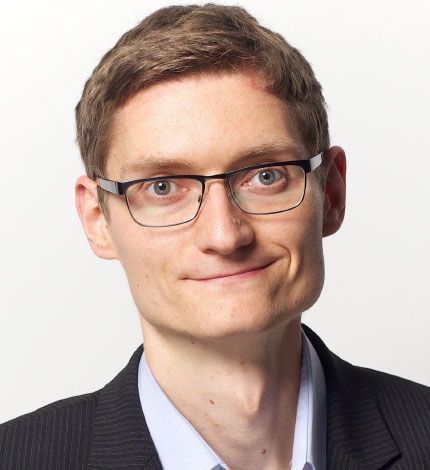
Dr. Michael Perscheid is the chair representative of Prof. Dr. Hasso Plattner at the Hasso Plattner Institute (HPI) for Digital Engineering, University of Potsdam. His responsibilities include the general coordination and steering of teaching, research, project activities, and industry partnerships of the Enterprise Platform and Integration Concepts (EPIC) research group. This also includes managing and advising academic research teams at undergraduate, graduate, and PhD level. The group conducts ongoing research in the areas of in-memory data management, integration, and data-driven decision support for enterprise systems. While at HPI, Michael continues to work for SAP and strengthens the cooperation between university and industry.
Follow Michael on LinkedIn

Ralf Teusner is a Senior Researcher at SAP and former postdoctoral researcher in the Enterprise Platform and Integration Concepts research group of Prof. Dr. Hasso Plattner, at the Hasso Plattner Institute for Digital Engineering, University of Potsdam. He is interested in process oriented ERP systems as well as elearning, with a focus on MOOCs. A topic close to his heart is a close connection between industry and academia, resulting in hands-on seminars with real business challenges or this online course.
Follow Ralf on LinkedIn
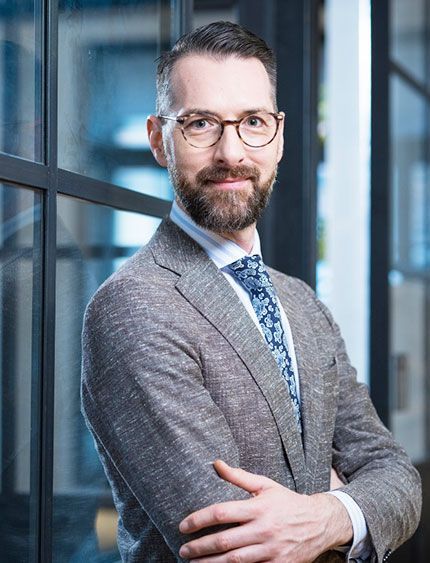
Stefan is Chief Technology Officer (CTO) for SAP S/4HANA at SAP and leads the Cross Product Architecture team for SAP S/4HANA.
Stefan joined back SAP in 2020 from INFOSYS where he was Senior Sales Manager & SAP S/4HANA expert for the Europe region in 2019.
Before that Stefan worked 19 years for SAP. He has held various senior positions in development and program management, including Program Director for a variety of large programs (such as SAP NetWeaver & SAP S/4HANA).

Vasu works at SAP. Having always been accused of having his head in the clouds, he went on to make it his career. In his current role, he works with several cross-product initiatives to foster the cloud native mindset across engineering teams. In spite of having a very brown thumb, he went green by reaching into the bountiful cloud native and open source ecosystem and was instrumental in establishing Kubernetes (with Project Gardener) as the modern foundation at SAP. As a champion of cloud native development, advocating both inner and open source technologies, he aims to make innovation simpler for both SAP and its customers. Vasu holds a degree in Physics and Computer Science from the University of Osnabrück but refuses to be tied down to any geography. He prefers it in the cloud.

Patrick Schmidt heads the Business Process Management organization and is responsible for multiple domains: Workflow, Business Rules, Process Visibility, and Task Center. All domains have products and components available on-premise and in the cloud and in all major SAP platforms (Java, ABAP, and SAP HANA).
Patrick joined SAP in 1996 after graduating in Business and Computer Science in Karlsruhe and has held various roles including developer, project lead, and architect. He has been in his current role as vice president since 2008.

Harald Schubert works as a chief development architect in the Business Process Management department at SAP. He has over 15 years of experience in building enterprise software, with a strong focus on workflow technology and cloud software development.
Tobias Stein is a development senior executive and leads the SAP S/4HANA architecture area. Tobias is a software architecture expert and has more than 25 years of experience with SAP’s ERP (SAP Business Suite and SAP S/4HANA) application and solution architectures.
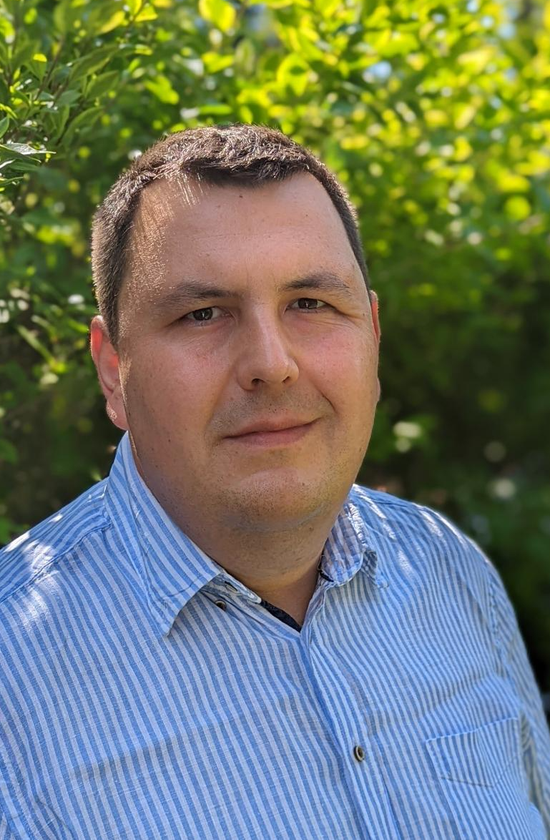
Jan Brunnert is head of the SAP BTP Foundation Technology Office, Solution Area CTO for BTP Foundation and member of the SAP CTO Circle. The Technology Office is an expert team within the SAP Business Technology Platform (SAP BTP) Foundation, focusing on technology strategy, technology evaluation, and cross-unit architecture projects.
In his previous role, Jan headed the SAP BTP Core Platform Security Engineering team, which provided security services for certificate management, cryptography, and export control compliance. Before that, he led the T&I Central Engineering Central Architecture team.
Jan had started his career at SAP in 2014 in SAP S/4HANA Finance, where he was architecture lead for the prototype “Digital Boardroom of the Future” and developed a passion for HANA performance optimization. Jan holds a master’s degree (MSc) from the Hasso-Plattner-Institut in Potsdam. Before his career at SAP, Jan worked in the media field as a software architect on a popular high-volume internet portal, focusing on application architecture, analytics, and data warehousing. Immediately after his graduation, he briefly acted as founding CTO for a collaborative software startup.
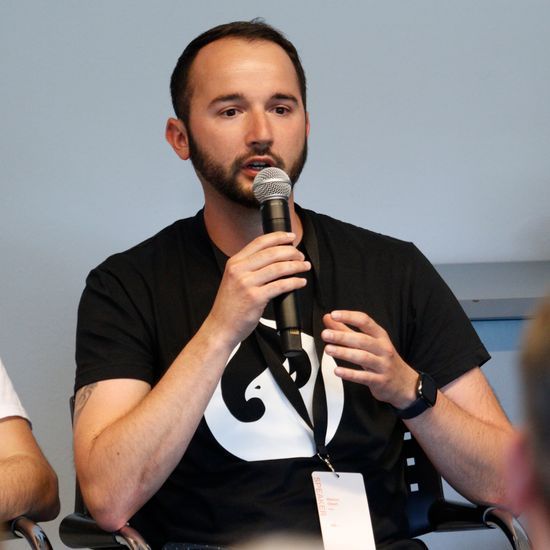
Marius' passion is to test the latest communication technologies and to speak about them. Originally from the Black Forest in Germany, he started his software-development career as a UI developer in sunny California. During this time, he learned to love web technologies like JavaScript in general and the entire Node.js ecosystem.
After many ugly fights against CSS, he relocated back to Germany, working as a Developer Evangelist. In this role, he tries to inspire his peer developers around the globe to build cloud-native enterprise apps with excellent customer engagement.
Besides his day job at Twilio, Marius is also interested in web 3.0 technologies.
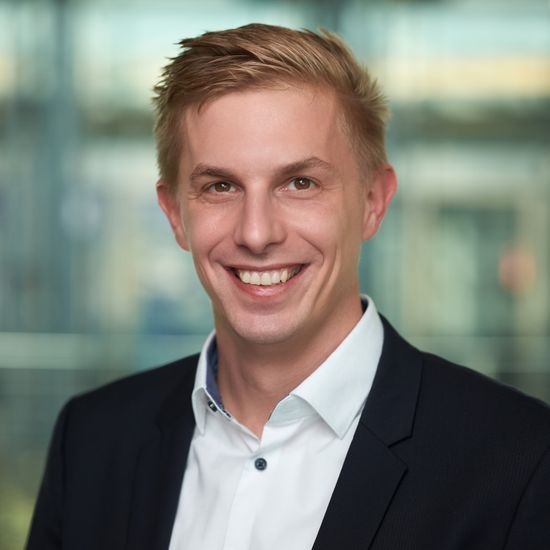
Sebastian Schroetel is a global technology enthusiast, leading cutting edge products and incubating the latest technology into business solutions for many years.
His 17 years experience in the software industry includes being one of the founding members of SAP’s Machine Learning initiative and bringing Low-Code/No-Code onto SAP’s Business Technology Platform. Sebastian is a regular spokesperson at industry events as well as media formats.
Today his focus is creating value for customers through automating business processes and building unified user and developer experiences. He leads the product direction for the UiPath Automate Suite, shaping for this core product an AI- centric future.